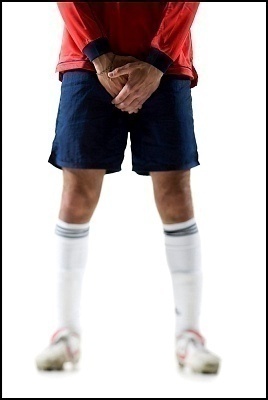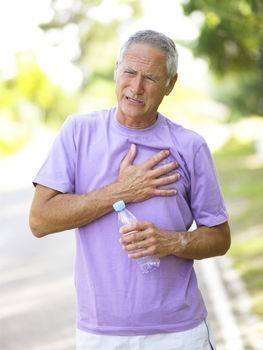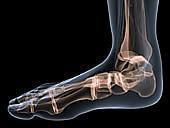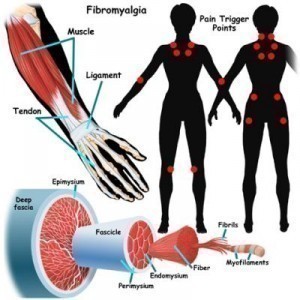What Causes a Muscle Cramp?
Definition
When we use the muscles that can voluntarily be controlled, such as those of our arms and legs, they alternately contract and relax as we move our limbs. Muscles that support our head, neck, and trunk contract similarly in a synchronized fashion to maintain our posture. A muscle (or even a few fibers of a muscle) that involuntarily (without consciously willing it) contracts is called a spasm. If the spasm is forceful and sustained, it becomes a cramp. A muscle cramp is thus defined as an involuntarily and forcibly contracted muscle that does not relax. This causes a visible or palpable hardening of the involved muscle.
Causes of muscle cramp
Nearly everyone will experience a leg cramp at some point in his or her life. Cramps (tightening of a muscle) happen most frequently in calf or thigh muscles but may affect other muscles such as those in the hands, feet, abdomen or rib cage. Muscle cramps are most common in people over age 65, affecting more than two-thirds of that age-group. About 40 percent of pregnant women get cramps; teenagers are also prone.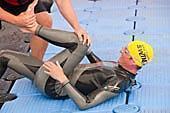
Most cramps last for a few seconds or minutes and don’t come back. These typically don’t have a known cause. Some cramps are associated with overworking the muscles, dehydration or staying too long in one position. In some cases, problems such as an electrolyte imbalance (for example, not having enough potassium, magnesium or calcium in your body), flat feet, diabetes, thyroid abnormalities, certain medications, alcohol or Parkinson’s disease may be the cause.
If cramps bother you frequently, consult with your doctor, who may advise you to keep a cramp diary to try to pinpoint or prevent the problem — what were you doing at the time, how long did it last, what did you do to make it feel better, what did you do earlier in the day?
Treating the cause of the cramp, if known, may prevent future problems. For on-the-spot relief of a cramp, the American Academy of Orthopaedic Surgeons recommends gently stretching and massaging the cramped muscle until the cramp goes away. The cramp may come and go over several minutes, so you may need to repeat the stretching and massaging process. You can also apply heat or take a warm bath to relax your muscles. A cold pack may help cramps from sore muscles after strenuous exercise.
Your doctor may suggest a stretching program, certain exercises, over-the-counter or prescription pain relievers or muscle relaxants for severe or repeated cramps. There are also many folk remedies such as placing a bar of soap between one’s legs while sleeping to prevent leg cramps, while not scientifically proven, may help without being harmful.


